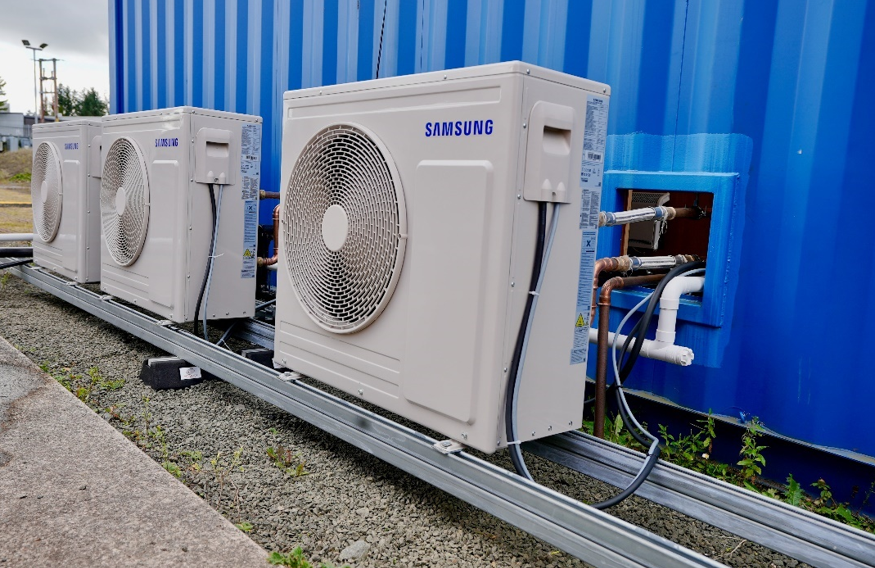Concrete has long been a major contributor of carbon, but researchers from the University of Cambridge have developed a method to produce very low-emission concrete at scale.
Using electrically powered arc furnaces that are used for steel recycling, the method simultaneously recycles cement, the major carbon component of concrete. Concrete is the second-most-used material on the planet, after water, and is responsible for approximately 7.5 per cent of total anthropogenic CO2 emissions.
The Cambridge researchers found that used cement is an effective substitute for lime flux, which is used in steel recycling to remove impurities and normally ends up as a waste product known as slag. But by replacing lime with used cement, the end product is recycled cement that can be used to make new concrete.
The cement recycling method does not add any significant costs to concrete or steel production and significantly reduces emissions from both concrete and steel, due to the reduced need for lime flux. The cement made through this recycling process does contain higher levels of iron oxide than conventional cement, but the researchers say this has little effect on performance.
The researchers have filed a patent on the process to support its commercialisation. The research was supported in part by Innovate UK and the Engineering and Physical Sciences Research Council (EPSRC), part of UK Research and Innovation (UKRI).
© 2019 Perspective Publishing Privacy & Cookies






Recent Stories